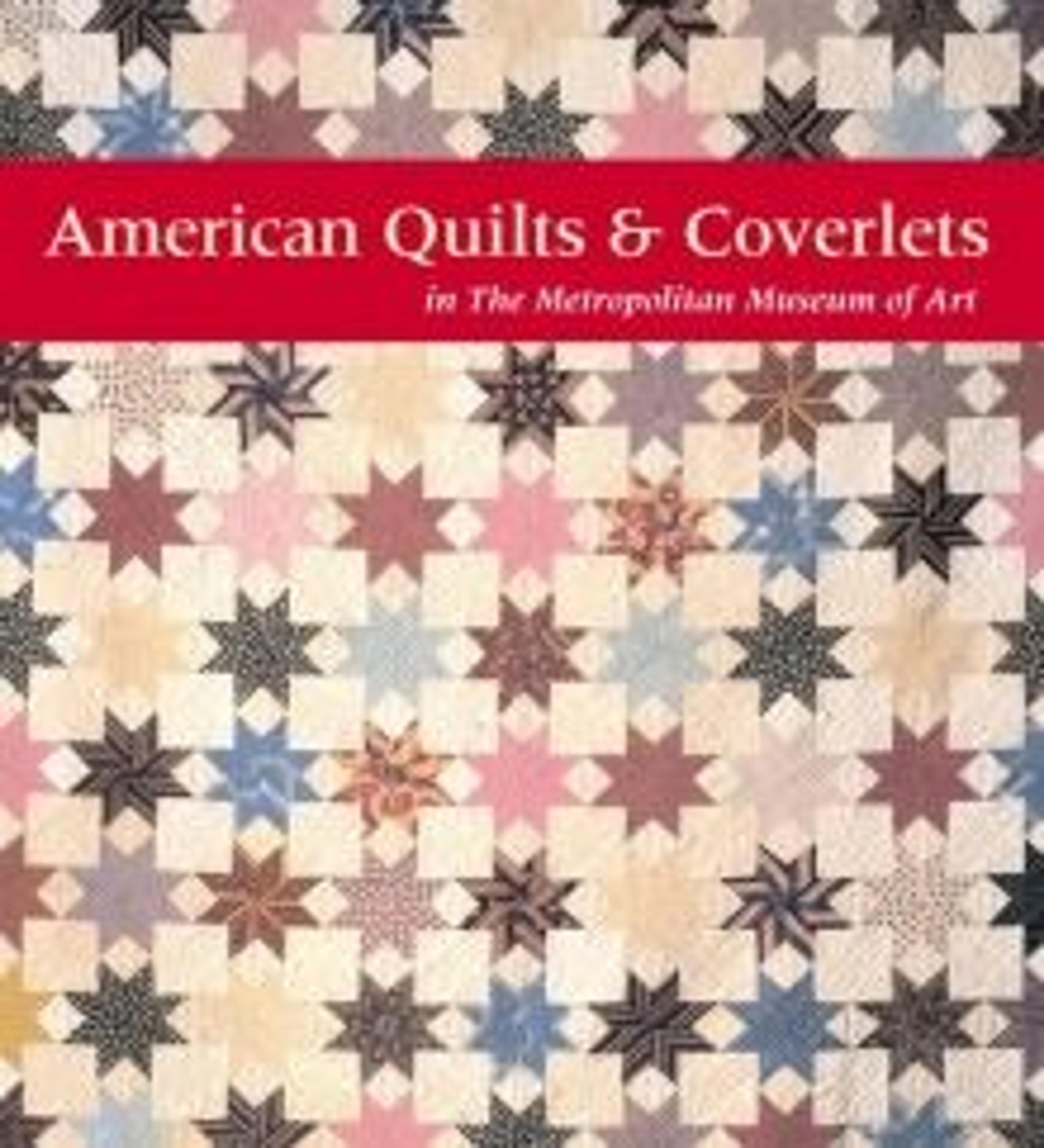Quilt, Broken Dishes pattern
A number of factors indicate that this silk Broken Dishes quilt was made during the first decades of the twentieth century. Its patterning is considerably more random than that of the other nineteenth-century silk quilts in the collection. The somewhat rigid quality of nineteenth-century quilts has been replaced by a quilt top on which the pattern appears to have grown organically; it is hard to decide whether the pieces were first joined in separate blocks or in horizontal, vertical, or even diagonal strips. One opinion suggests that it was pieced from the center outward, which may account for the fact that sections of somewhat incongruous printed fabrics appear only at the outer edges of the quilt. These printed fabrics may not enhance the quilt's overall appearance, but they do help in assigning a date to it, since they are easily identifiable as 1920s-style dress silks. Another clue to this work's approximate age is that the prevalent colors are not those most often associated with the second half of the nineteenth century. Bright yellows, pinks, and oranges like these are more likely to be the colors of the Jazz Age.
Artwork Details
- Title:Quilt, Broken Dishes pattern
- Date:ca. 1920
- Geography:Possibly made in Ohio, United States
- Culture:American
- Medium:Silk and cotton
- Dimensions:77 x 76 1/2 in. (195.6 x 194.3 cm)
- Credit Line:Sansbury-Mills Fund, 1973
- Object Number:1973.205
- Curatorial Department: The American Wing
More Artwork
Research Resources
The Met provides unparalleled resources for research and welcomes an international community of students and scholars. The Met's Open Access API is where creators and researchers can connect to the The Met collection. Open Access data and public domain images are available for unrestricted commercial and noncommercial use without permission or fee.
To request images under copyright and other restrictions, please use this Image Request form.
Feedback
We continue to research and examine historical and cultural context for objects in The Met collection. If you have comments or questions about this object record, please contact us using the form below. The Museum looks forward to receiving your comments.
